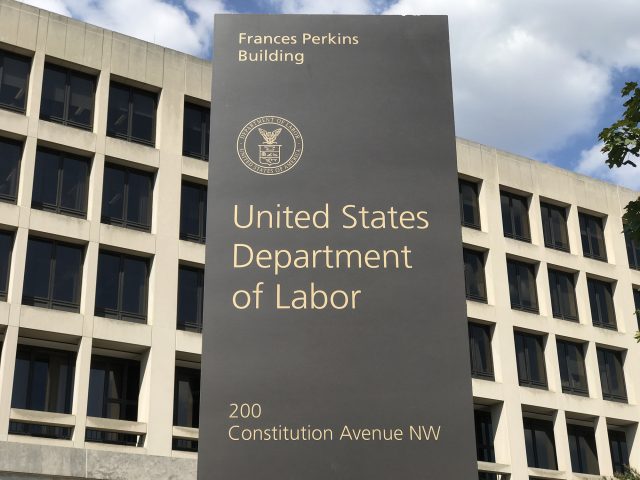
A Clearing House for Small 401(k) Accounts
Alicia H. Munnell is a columnist for MarketWatch and senior advisor of the Center for Retirement Research at Boston College.
Private sector guys have a good idea.
A recent report by the U.S. Government Accountability Office – 401(k) Plans: Greater Protections Needed for Forced Transfers and Inactive Accounts – documented the problems associated with small 401(k) accounts.
The first problem is forced transfers. Millions of Americans leave their jobs each year and fail to specify what should be done with their 401(k) savings. If the balances are small (less than $5,000), employers can transfer them into an IRA account. Under regulations issued by the U.S. Department of Labor (DOL), the plan satisfies its fiduciary obligation if the transferred balances are invested in a manner that preserves their dollar value. In other words, the money can be invested in a money market fund. Unfortunately, the fees charged to the forced transfer accounts often outpace the low returns earned by the conservative investments prescribed by the DOL’s safe harbor rules, causing account balances to decline.
The second problem is the challenge of managing a number of accounts over the individual’s lifetime. Companies are frequently restructured and plans are terminated, merged, or renamed. If accounts are lost, key information may be held by different plans, different service providers, or different government agencies. The United States, unlike several countries that GAO looked at, does not have a central clearinghouse or pension registry.
Spencer Williams and Tom Johnson of Retirement Clearinghouse (a Charlotte, NC company) have a solution – automatically consolidate small accounts so that employees can aggregate their savings as they change jobs. Consolidation helps the employees accumulate a more adequate level of retirement saving, because research shows that hitting the $20,000 milestone makes participants much more likely to preserve their balances. And consolidation helps sponsors fulfill their fiduciary duty and cut aggregate plan costs by reducing the numbers of stranded accounts. Consolidation helps providers to increase assets under management and reduce the headaches associated with mandatory distributions, stranded accounts, and uncashed checks for missing participants.
Williams and Johnson have demonstrated that consolidation is feasible and has a big payoff. They worked with a large health care company with more than 190,000 participants and an average turnover of more than 40,000 employees each year. To control costs and better serve employees, the health care company instituted a “roll in” program as a fringe benefit to help new or current employees consolidate their savings in the company’s plan or for departing employees in the plan of the next employer. According to a report from the Boston Research Group, the plan saved $6 million in costs and increased assets under management by $100 million, and participants on average rolled about $18,000 into their accounts, which greatly reduced subsequent cashouts.
Now Williams and Johnson want to use Retirement Clearinghouse as a platform to automatically route all participant’s old 401(k) balances to their next 401(k) plan. They envision charging $1.50 to $3 per month in custodial fees for the holding period between plans and a $49 fee for the electronic transfer to a new plan. The goal is to keep the small balances in an IRA for as short a period as possible before transferring them to a new plan.
While Retirement Clearinghouse has the technology to provide automatic roll ins, they need buy-in from government regulators and from all the major financial services firms. Certainly consolidation is consistent with the government’s goal of promoting retirement security and with the industry’s goal of increasing assets under management. By focusing on accounts under $5,000, Retirement Clearinghouse is not a threat to the big players.
They have made some progress; the ERISA Advisory Council heard testimony twice last year on lifetime participation and the IRS has issued a rule that would make it easier for 401(k) plan IT systems to certify the tax-free status of roll ins. But Williams and Johnson still need an advisory ruling from DOL that would bless the process.
The cashing out and loss of small accounts is a well-defined and serious problem. Retirement Clearinghouse – and hopefully other companies out there – have a solution. It would be lovely to see a win for the 401(k) system.







